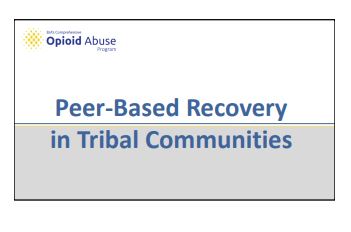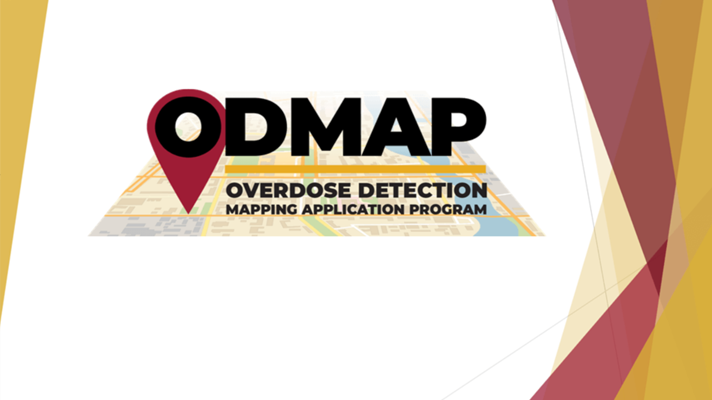The Tribal Responses Initiative was designed to reduce the morbidity and mortality associated with drug overdoses among individuals who encounter law enforcement or are involved in the criminal justice system in tribal communities.
This initiative, co-funded by the Bureau of Justice Assistance and the Centers for Disease Control and Prevention, supported the implementation of the Overdose Detection Mapping Application Program (ODMAP) in four tribal communities. The project sought to strengthen the ability of the selected tribes to assess information gathered from public safety, public health, and behavioral health responses. This initiative also strove to enhance the ability of the selected tribes to implement tailored prevention and intervention activities to reduce overdose deaths and facilitate access to treatment and recovery services to survivors of nonfatal overdoses.
The Tribal Responses Initiative began in September 2020, and all sites concluded their activities by May 2023.
Reducing overdose deaths in tribal communities by implementing the Overdose Detection Mapping Application Program; Strengthening public safety, public health, and behavioral health partnerships; and enhancing their capacity to implement intervention strategies.

Peer-Based Recovery in Tribal Communities
Recovery from substance use disorders is a living reality in Native American communities across the United States. This webinar provides an overview of the recovery models and movements in Indian Country and presents three programs that use peer-based supports, tribal cultural practices, and other evidence-supported approaches to promote recovery, foster positive reentry, and enhance community resilience.
View the PDF Slide Deck
New ODMAP Factsheet
IIR has developed a two-page factsheet that summarizes the features and benefits of the Overdose Detection Mapping Application Program (ODMAP) for people who may not be familiar with the system. It describes how information is captured, displayed, protected, and used to mobilize overdose responses.
View Document